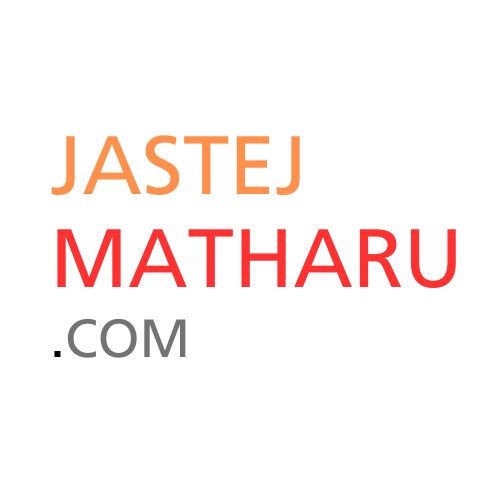India Secures Major Defense Export Success with Morocco: Tata’s Amphibious Infantry Combat Vehicle

Tata has secured a major contract to supply Wheeled Armored Platforms (WhAP) to Morocco, marking a significant milestone for India's defense exports. Developed in collaboration with DRDO, the 8x8 amphibious infantry combat vehicle offers advanced protection, mobility, and modularity. As part of the deal, India will set up a factory in Morocco to produce 100 vehicles annually, showcasing India's capability to not only export but also transfer technology. This success highlights India's growing defense manufacturing base, increasing global demand for Indian systems, and the nation's rising influence in both defense and civilian exports through competitive pricing and innovation.









